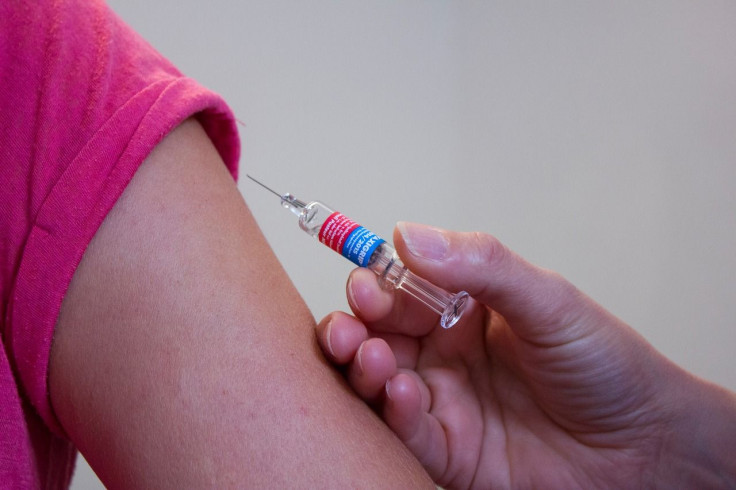Coronavirus Effects: US Death Toll Significantly Impacted By Quarantines And Restrictions, Research Says

KEY POINTS
- President Trump says social distancing restrictions put in place March 16 will be reevaluated at the end of the month
- Researchers said keeping them in place could reduce the number of projected deaths from 2.2 million to 1.74 millions
- The U.S. tally of confirmed infections has topped 41,500
Researchers at Northwestern University and Freie Unversitat Berlin said in a working paper released Monday if President Trump lifts social distancing recommendations before coronavirus infections peak in the U.S., it could cost an additional 600,000 lives.
The federal government recommended on March 16 that people reduce their interactions with each other for 15 days, keeping a distance of 6 feet and limiting gatherings to 10 people. State and local governments have issued shelter-in-place orders and closed down bars and restaurant dining rooms. Travel also has been curtailed sharply, prompting hotels to close and airlines to cut flights.
Economists say a recession already is underway with no way yet to predict its severity.
Trump tweeted Monday he would rethink the recommendations after they’ve been in place for 15 days, fearing the extent of the damage to the economy.
The paper by Martin Eichenbaum, Sergio Rebelo and Mathias Trabant, published by the National Bureau of Economic Research, looked at the epidemiology model, examining the relationship between economic decisions and epidemics.
“We find that it is optimal to introduce large-scale containment measures that result in a sharp, sustained drop in aggregate output. This optimal containment policy saves about 600,000 lives in the U.S.,” the researchers said, reducing the number of likely deaths from 2.2 million to 1.74 million.
The researchers said they did not look at the impact of government actions to mitigate the impact of the virus like shoring up businesses with government funds or maintaining liquidity in the financial markets.
The researchers noted pandemics end only after a vaccine is developed or an adequate number of community members develop immunity by becoming infected and recovering.
“Sadly, this process involves the deaths of many people who never recover from an infection,” the researchers wrote. “This property of epidemics serves as an important backdrop for our discussion of optimal policy.”
The possibility of a vaccine warrants aggressive measures to keep people from getting infected, they said.
World Health Organization Director-General Tedros Adhanom Ghebreyesus said the virus is accelerating.
“It took 67 days from the first reported case to reach 100,000 cases, 11 days for second 100,000 cases, and just four days for the third 100,000 cases,” he told a news briefing in Geneva.
Media briefing on #COVID19 with @DrTedros. #coronavirus https://t.co/VkAu8osSLn
— World Health Organization (WHO) (@WHO) March 23, 2020
The virus has infected at least 367,454 people worldwide, killing upward of 16,000. In the U.S. 41,511 cases have been confirmed along with about 500 deaths.
© Copyright IBTimes 2024. All rights reserved.






















